Our first impressions of Nouadhibou were certainly not very positive. As our shared-taxi from Dakhla made its way down the 25-km long Baie du Levrier peninsula and approached the city, it entered what may be referred to as 'greater' Nouadhibou, a series of shanty towns with decrepit houses and sorry looking huts. The outskirts were essentially an extensive wasteland of litter, smashed plastic water bottles and discarded plastic bags fluttering in the wind. The city center itself was a slight improvement, but not by very much.
We had identified a couple of lodging options in advance and the taxi dropped us in front of one of them (which on hindsight turned out to be longish walk from the city center). Having settled in, we went out in search of a meal and to our dismay found that all restaurants were either closed or did not have anything on the menu (if they had a menu) that suited our tastes. Fortunately we were able to locate a 'supermarche' and resigned ourselves to more bread and cheese for the coming meals.
Despite its status as the second largest city in the country, Nouadhibou has little to offer in terms of sights or places of interest. The city center is small and has few building with more than 2 storeys. All streets, including paved ones, are lined with a thick layer of sand on both sides (not surprising given its location) and this makes walking somewhat difficult. There are few restaurants and fewer that cater to tourists or travelers.
Mauritanian men wear a distinctive long-blue robe known as the draa or boubou. Most women wear a colorful melafas, a long piece of fabric that is wrapped around almost sari-style. The predominant language spoken is Hassaniya, an Arabic dialect. Some French is also spoken by most people. Interestingly the Black African population is split into two distinctive groups, the Black Moors (the descendants of people enslaved by the Moors, who have assimilated the Moorish culture, wear the draa and speak Hassaniya) and the 'Soudaniens' or southern Black Mauritanians who live along the Senegal River and have nothing to do with Moorish culture.
The coast of northern Mauritania has one of the world's highest densities of fish and this has has made Nouadhibou an important hub of international fishing companies. For the same reason why massive fishing trawlers come here, the coast is an important stopover and breeding ground for multitudes of birds migrating between Europe and Southern Africa. The 200km long stretch of coast is protected as part of Parc National Du Banc D'Argun, which is a birding hotspot of high repute. But there is no public transport available to the park and attempts to arrange a private trip revealed that costs involved would be astronomical. Instead we settled for a few hours trip to the coast along Baie d'Etoile, an area that was reputed to have a smaller population of pelicans, terns and other shorebirds.
We were driven to the coast by the friendly owner of a neighboring auberge (lodge) who hooked us up with some local fishermen . They took us on their boat to a small sandy spit and dropped us off so they could get on with their fishing. Our instructions were to holler loudly and wave our hand when we had had enough and wanted to get a ride back. With what seemed like an entire island to ourselves, we spent part of a delightful afternoon walking along its pristine beach, chasing after Caspian terns, Grey-headed gulls and pelicans among others that had settled in large numbers on the far end of the island.
Our neighbors at the lodge were a pair of Polish bicyclist, Ava and Adam, who planned to cycle all the way from Morocco to Cape Town. They had started their trip in Rabat and after cycling for 5 days through Western Sahara, were resting their tired limbs in Nouadhibou. While the desert terrain is mostly flat, they explained that strong winds and swirling sand made it a more difficult challenge than they were expecting. They had given themselves one and a half years to complete the length of Africa and we marveled at their resolve, especially given all the uncertainties that lie in the intervening countries.
After a futile search for a place to eat when we arrived, a subsequent foray revealed an open Chinese restaurant right next door to our auberge and suddenly things began to look up. We are yet to visit a Chinese restaurant where we have had to return disappointed. They usually have something vegetarian on the menu or at the very least offer to customize. So we were all set for our remaining stay in town - four meals of vegetable fried noodles alternated with vegetable fried rice followed in the next couple of days !
Google maps link
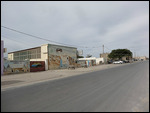

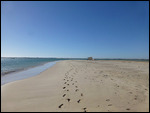
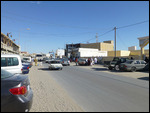



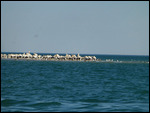

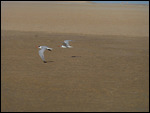

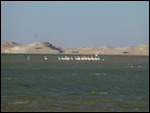


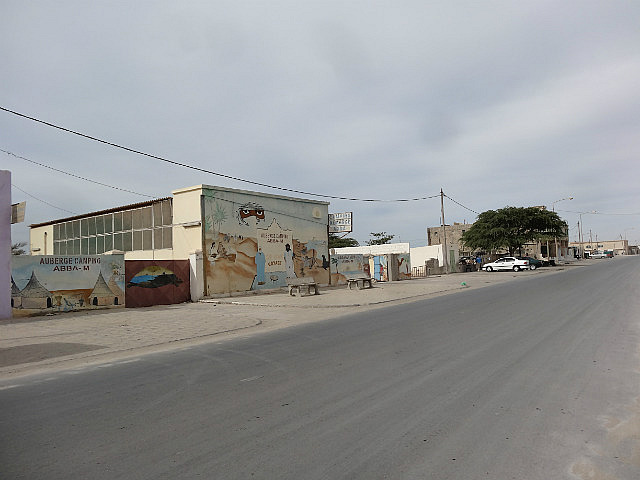

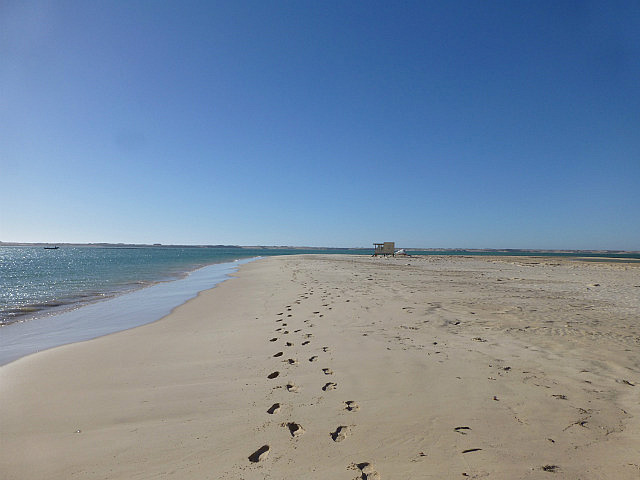
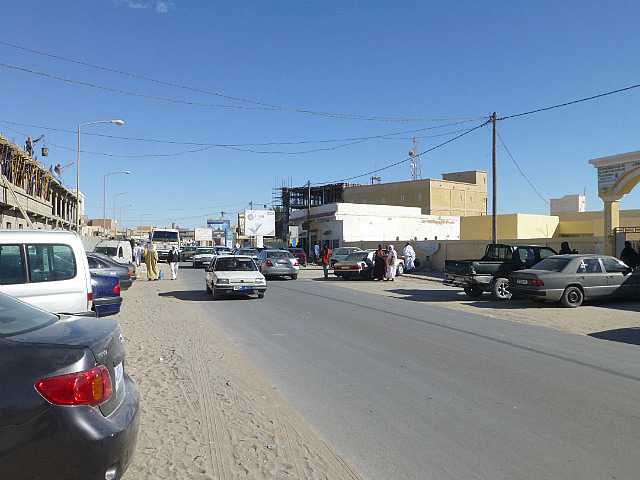

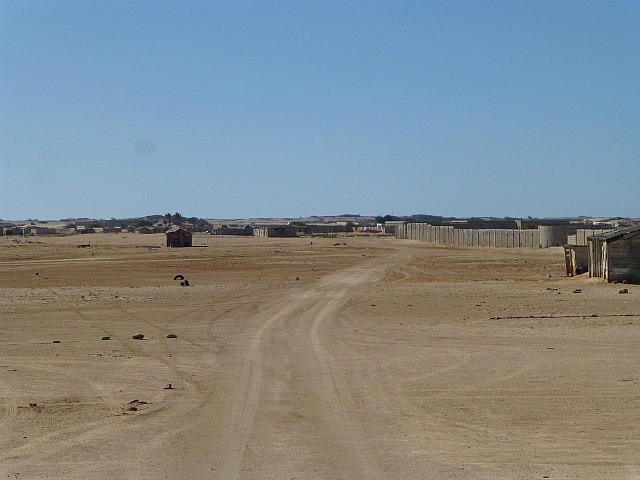
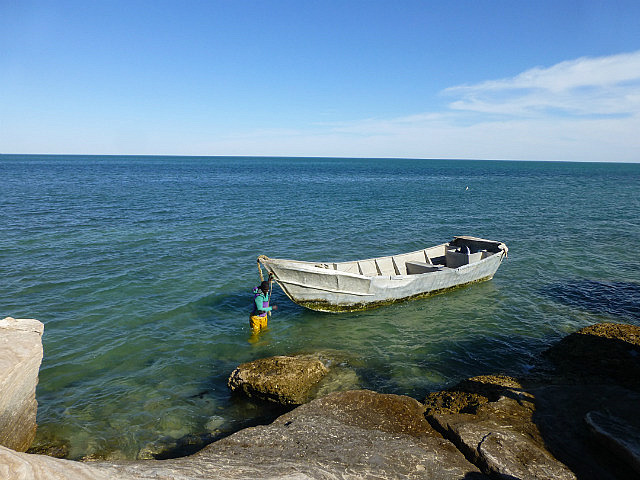

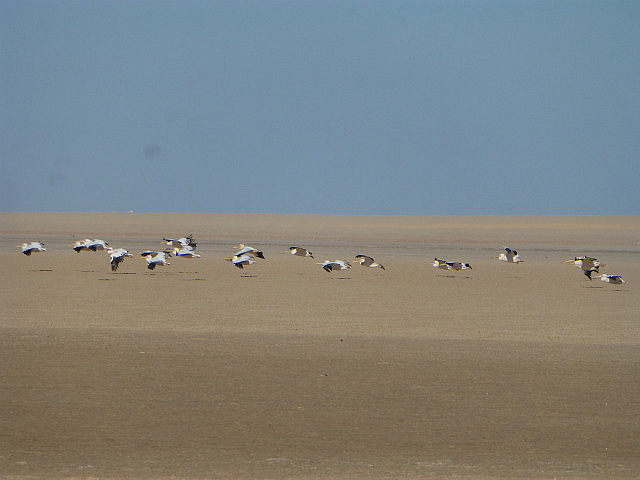
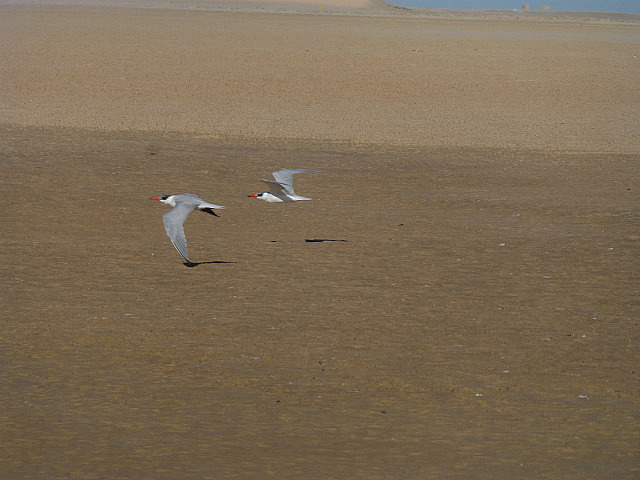
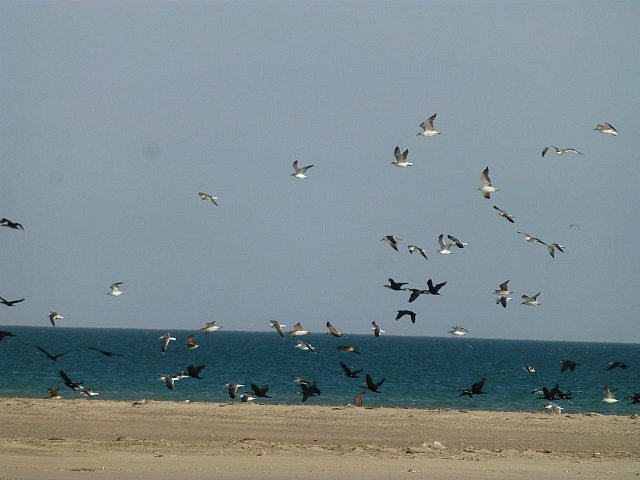
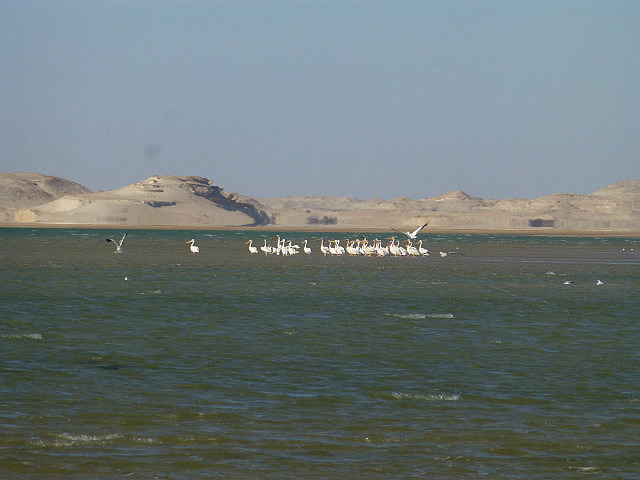
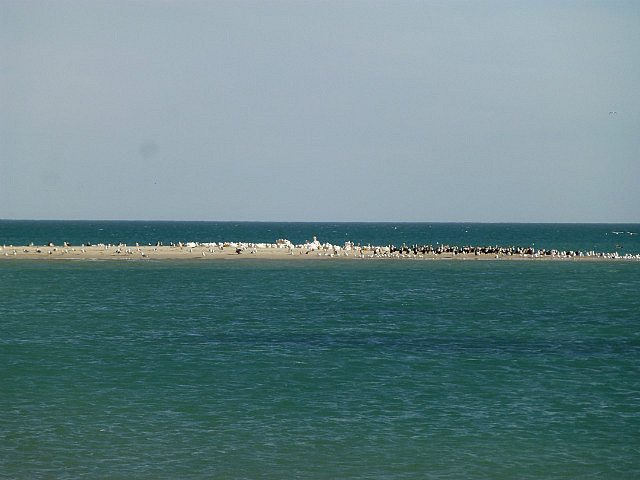
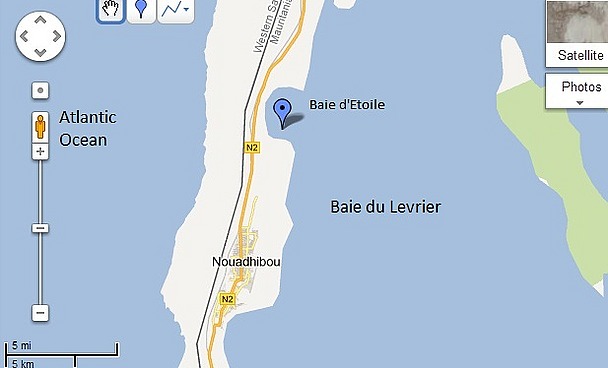
Comments